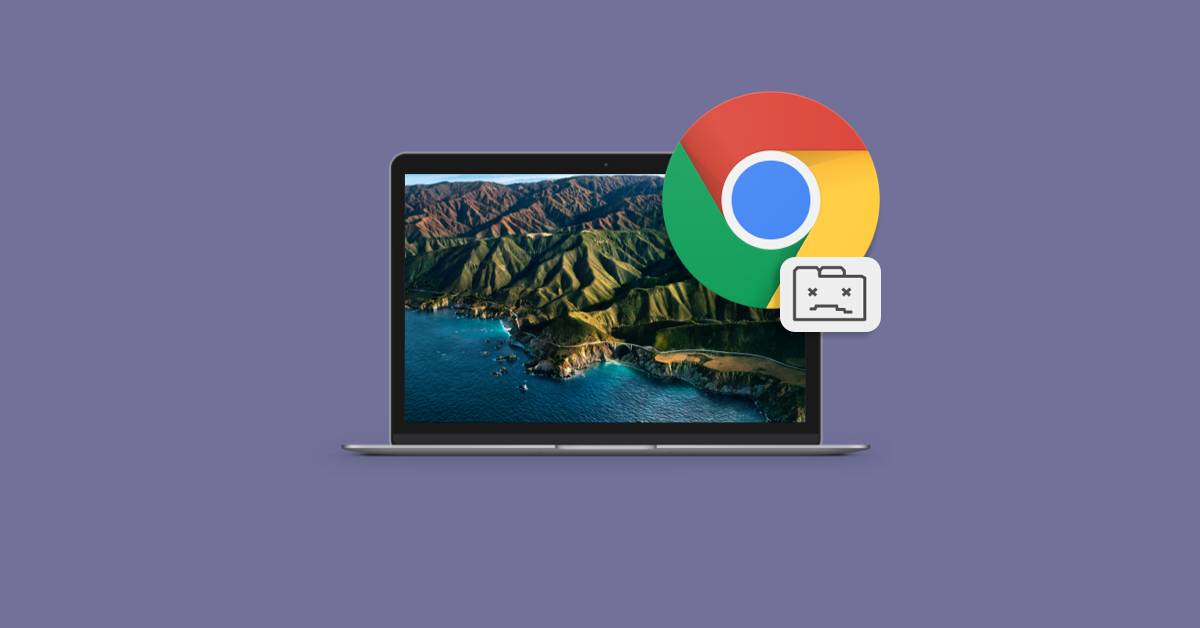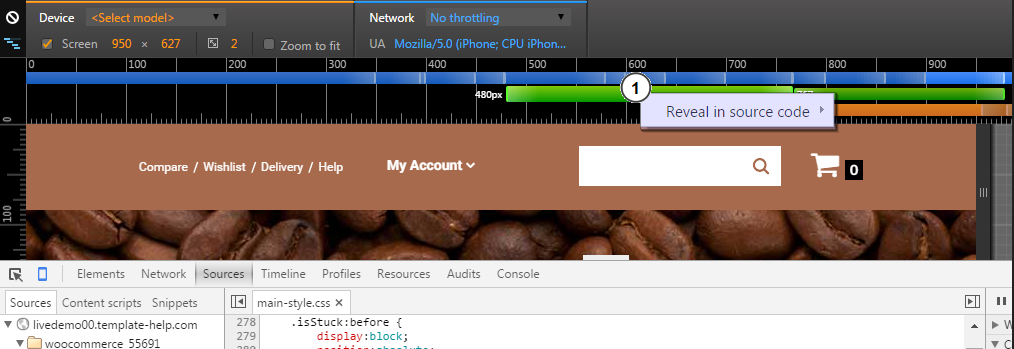

- #THROTTLE EMULATOR CHROME MAC UPDATE#
- #THROTTLE EMULATOR CHROME MAC PORTABLE#
- #THROTTLE EMULATOR CHROME MAC PRO#
The MacBook Air looks familiar, but using it feels completely different. A year later, the Air was updated with True Tone and an improved butterfly keyboard, only to be replaced this past March with a revamped set of scissor-switches Apple calls the Magic Keyboard, along with Intel's new 10nm Ice Lake CPUs.

It also bestowed the infamous butterfly keyboard (RIP), much to many people's chagrin. When Apple updated the MacBook Air in 2018, it gave it a Retina Display and reduced the bezels around it, swapped the USB-A ports in favor of USB-C and Thunderbolt, added Touch ID, and made it a bit more compact.
#THROTTLE EMULATOR CHROME MAC UPDATE#
This is an update to that original iconic tapered design, the one that every student in your high school or college probably had since its release in 2010 (itself an improvement on the 2008 introduction). This won't take too long: if you've used a MacBook Air before, you know the drill.

The Air boasts faster LPDDR4 RAM than its predecessor, and its SSD is also between 5-10% faster than older models, which allows systems with lower memory to use swap (system storage that steps up to act like RAM) with less of a performance hit. They're also clocked higher, thanks to a larger thermal envelope - Apple doesn't disclose clock speeds, but benchmark apps I used estimate the M1 can burst to 3.2Ghz in single-core and 3Ghz in multi-core environments - while retaining the same unified architecture that lowers latency compared to discrete components inside most laptops. We know that it's a variant of Apple's A14 Bionic, though with two additional high-performance "Firestorm" cores along with the four existing efficiency "Icestorm" cores found in devices like the iPad Air (2020) and iPhone 12 series. Apple silicon is much clearer now that the M1 exists. It took Intel until 2018 to achieve that vaunted 10nm die shrink, and there's irony in the fact that the company's best mobile chips in years, called Ice Lake, launched to much fanfare in late 2019, and on the MacBook Air in March 2020, only months before Apple wiped the slate clean with its own Apple Silicon announcement.īut the story of Intel vs.
#THROTTLE EMULATOR CHROME MAC PORTABLE#
Intel's been struggling with performance-per-watt for a long time it's no secret that its issues hitting a consistent and scalable 10nm process (and the subsequent delay of its 7nm die shrink) forced Apple's hand to some extent, especially in the portable computing segment, as ARM-based SoCs have been improving much quicker than Intel's x86 iterations.
#THROTTLE EMULATOR CHROME MAC PRO#
Every review I read of that machine, and every Windows machine I tried with low-end Intel Y-series processors, led me to understand why, more than the new MacBook Pro and Mac Mini, the Air is the greatest beneficiary of Apple's new M1 system-on-chip (SoC). It costs $999, a flavor of MacBook I'd have encouraged you to shy away from as early as March, when Apple refreshed the MacBook Air with newer, more power-efficient Intel processors and a lower starting price. The MacBook Air with M1 that Apple sent me for review has 8GB of RAM and 256GB of SSD storage, which is the cheapest configuration you can buy. VPN Deals: Lifetime license for $16, monthly plans at $1 & more


 0 kommentar(er)
0 kommentar(er)
